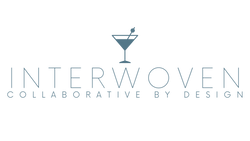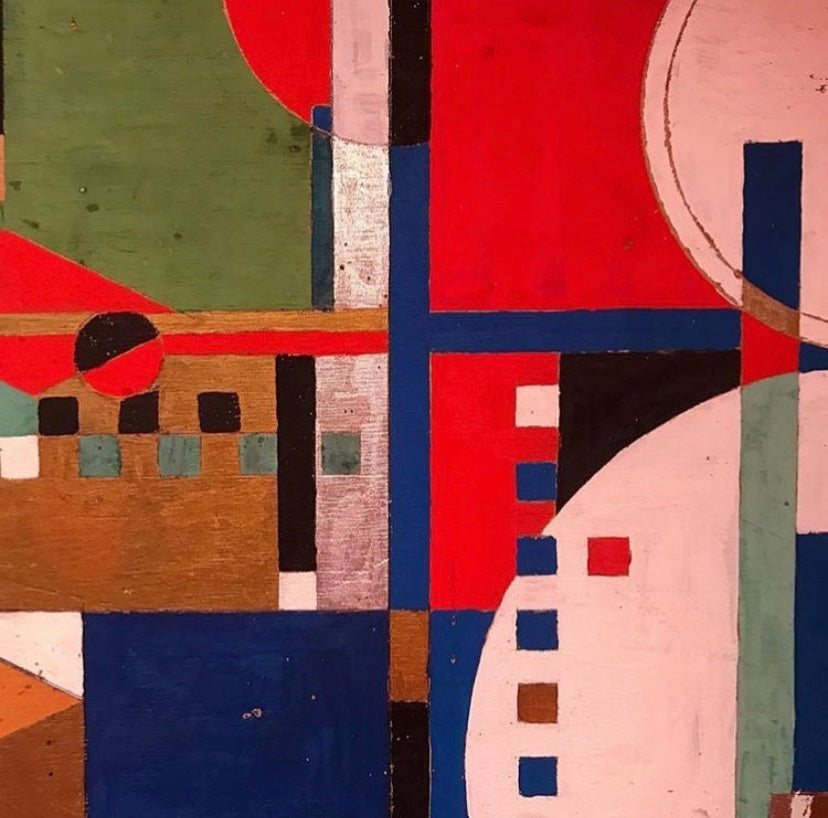“The concept of solitary creative genius is a myth” says Doug Knapton, senior designer at Constructive and we agree wholeheartedly. Although bringing ideas and designs can be nerve-wracking sand requires us to expose our creative vulnerability, it can be one of the best ways to draw upon multiple perspectives and years of experience. Whether it’s packaging a product line for a corporate client or reviving a tired space, putting aside your ego is necessary to create results that transcend the sum of its parts.
Being open to exposing our ideas and prototypes facilitates constructive criticism and feedback. This forces us to re-evaluate elements of the design or creation that may need to be realigned with its vision. More specifically, it helps us to identify whether or not the work aligns with its original purpose and speaks to the end user. This is helpful in assisting one not drown in the details and meet its purpose creatively.
Finally, collaboration is an immersive education. We can gather very valuable information by deferring to the experts in their respective areas. In addition, we learn to appreciate different perspectives and are exposed to different creative visions and cultural expressions. This helps make our creations multi-dimensional like a finely woven fabric showing its layers and texture. In essence we can learn many things and choose the items we wish to integrate into the holistic design to tell a story and define an individual style statement.


How can we elevate individual ideas to a dynamic masterpiece? We recommend integrating the following steps into the process.
1. Explore and develop a keen sense of curiosity while practicing decisiveness. Continual learning and looking at things with an open mind help us to become more confident in elements we wish to integrate and eliminate. We know that time is money and experience create efficiency if targeted properly. Cutting products and services that don’t fit with the overall vision helps to keep the project directed and focused.
2. Clearly communicate with the client or end user. Listening is a huge part of the process to understand the goal and desired outcome, therefore, sharpening receptive language skills help ensure the project is progressing according to purpose.
3. Use tools to help organize and support the design phase. Creating vision boards such as Pinterest helps further explain and illustrate the desired vision. Keeping detailed notes and information organized and available promotes a result driven process.
4. Create several prototypes and evaluate by welcoming constructive criticism. Do not be afraid to go back to the drawing board for revisions and more feedback that align better with the focus.
5. Add something daring to create interest and add personal touches that tell a story. Integrate items from one’s travel or passion or a bold color statement to create depth, interest, authenticity and richness.

Helen Keller, a visionary in a nontraditional sense said, “Alone we can do so little, together we can do so much”. We agree. Who else is all in?

Interwoven is bringing together synergistic ideas, eclectic style and creative solutions to businesses and individuals who have a passion for unique curated collections and collaborative design. Tell us about your collaborative project or idea that has come to life or let us help you take the next steps.

